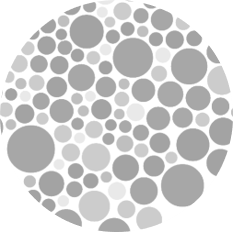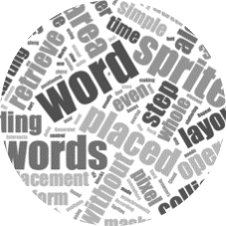
Takashi Murayama
University of Tokyo
Journal of Biological Chemistry | 1999
Takashi Murayama; Toshiharu Oba; Eisaku Katayama; Hideto Oyamada; Katsuji Oguchi; Masakazu Kobayashi; Kazuyuki Otsuka; Yasuo Ogawa
We characterized type 3 ryanodine receptor (RyR3) purified from rabbit diaphragm by immunoaffinity chromatography using a specific antibody. The purified receptor was free from 12-kDa FK506-binding protein, although it retained the ability to bind 12-kDa FK506-binding protein. Negatively stained images of RyR3 show a characteristic rectangular structure that was indistinguishable from RyR1. The location of the D2 segment, which exists uniquely in the RyR1 isoform, was determined as the region around domain 9 close to the corner of the square-shaped assembly, with use of D2-directed antibody as a probe. The RyR3 homotetramer had a single class of high affinity [3H]ryanodine-binding sites with a stoichiometry of 1 mol/mol. In planar lipid bilayers, RyR3 displayed cation channel activity that was modulated by several ligands including Ca2+, Mg2+, caffeine, and ATP, which is consistent with [3H]ryanodine binding activity. RyR3 showed a slightly larger unit conductance and a longer mean open time than RyR1. Whereas RyR1 showed two classes of channel activity with distinct open probabilities (P o), RyR3 displayed a homogeneous and steeply Ca2+-dependent activity withP o ∼1. RyR3 was more steeply affected in the channel activity by sulfhydryl-oxidizing and -reducing reagents than RyR1, suggesting that the channel activity of RyR3 may be transformed more precipitously by the redox state. This is also a likely explanation for the difference in the Ca2+ dependence of RyR3 between [3H]ryanodine binding and channel activity.
Archive | 1998
Yasuo Ogawa; Takashi Murayama
生物物理 | 2014
Akira Hanashima; Naruki Sato; Sumiko Kimura; Takashi Murayama
生物物理 | 2014
Toshiko Yamazawa; Takashi Murayama; Hideto Oyamada; Junji Suzuki; Nagomi Kurebayashi; Kazunori Kanemaru; Maki Yamaguchi; Shigeru Takemori; Masamitsu Iino
生物物理 | 2013
Kei Saito; Takashi Murayama; Tomonori Hata; Yoko Y. Toyoshima
生物物理 | 2013
Takuya Kobayashi; Akira Hanashima; Yoko Y. Toyoshima; Takashi Murayama
生物物理 | 2013
Toshiko Yamazawa; Takashi Murayama; Hideto Oyamada; Junji Suzuki; Kazunori Kanemaru; Nagomi Kurebayashi; Masamitsu Iino; Shigeru Takemori
Archive | 2013
Jin O-Uchi; Bong Sook Jhun; Stephen Hurst; Sara Bisetto; Polina Gross; Ming Chen; Sarah Kettlewell; Jongsun Park; Hideto Oyamada; Godfrey L. Smith; Takashi Murayama; Shey-Shing Sheu
Archive | 2012
Eisaku Katayama; Takashi Murayama; Taku Kashiyama; Takuya Kobayashi
生物物理 | 2011
Takayuki Torisawa; Muneyoshi Ichikawa; Tomonori Hata; Takashi Murayama; Yoko Y. Toyoshima



